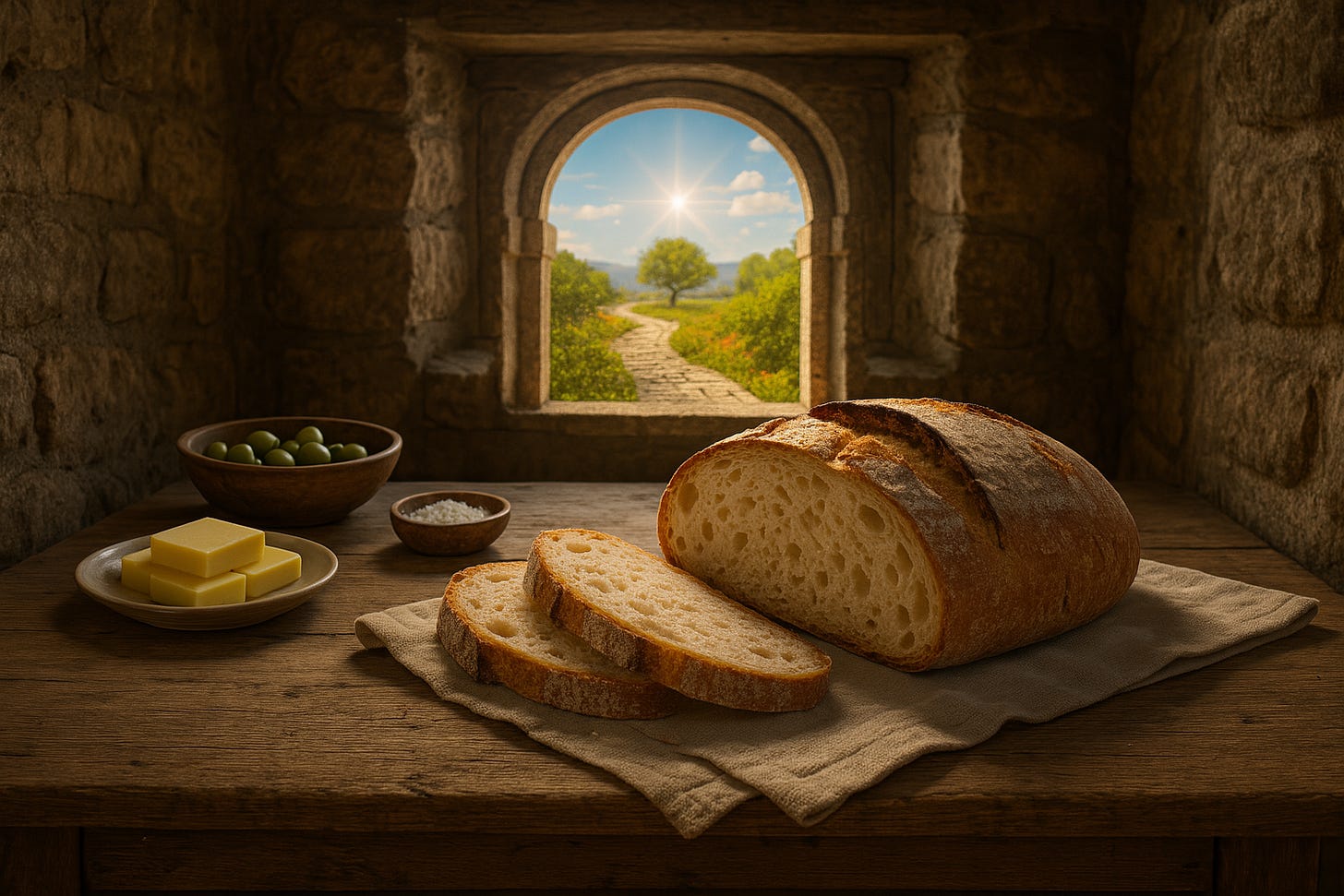Parshas Masei is the final parsha in Sefer Bamidbar. It marks the end of Bnei Yisrael’s journey through the midbar under the leadership of Moshe. Sefer Devarim which is the next sefer belongs to a different category. Devarim or Mishneh Torah, is a repetition, a reflection, and a retelling of what came before.1
In a certain way, then, Parshas Masei represents the closing of the Torah proper, before it shifts into Moshe’s personal voice. One might expect the final parsha of a sefer, or even of the Torah itself, to close on a high note. Perhaps it should conclude with a sweeping message about the destiny of Am Yisrael or a timeless idea, one that transcends any single moment in history.
Instead, Sefer Bamidbar ends with what seems like a narrow technicality.
The leaders of Shevet Menasheh raise a concern. In last week’s parsha, the daughters of Tzlofchad were granted their father’s portion of land. What happens if they marry outside their shevet and the land would unfairly transfer to anothe…




